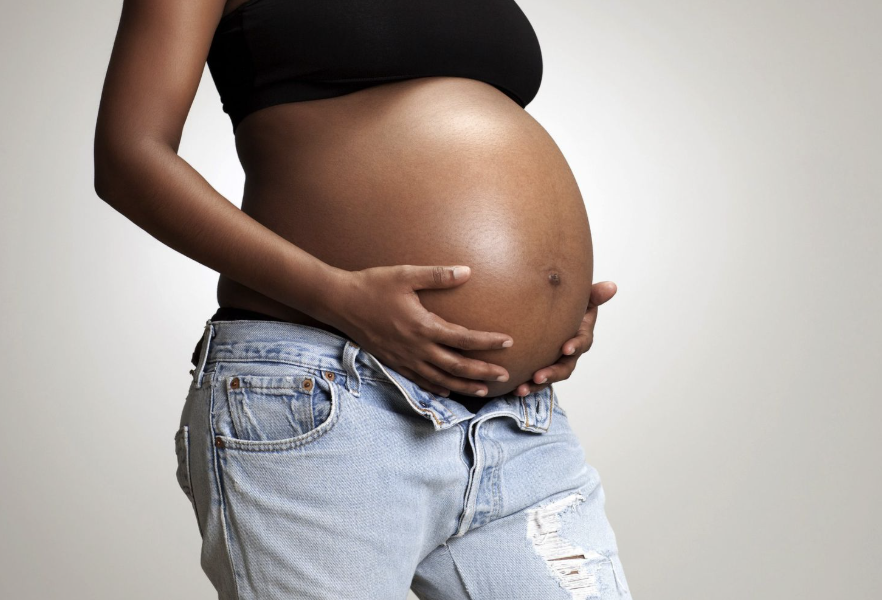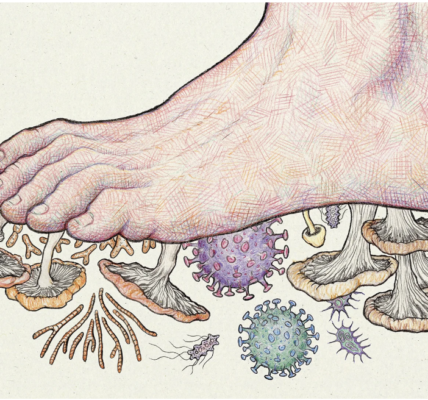Photo courtesy
Womens first-time motherhood experiences in America are increasingly common among women above age 40. Research from the National Center for Health Statistics documented that the U.S. average number of children per woman reached 1.62 in 2023 thus extending a long-term downward trend. For the initial time in human history women aged 40 and above gave birth to more infants than teenage girls undergoing their first pregnancy.
A Changing Age Distribution in Motherhood
The percentage of U.S. births obtained by teenage mothers decreased from 13% in 1990 to only 4% in 2023. Birth statistics rose by 71% across all women who were between 35 to 39 years old and increased by 127% among all women in the age bracket from 40 to 44 during this same time period. The demographic change in motherhood timing stems from various social aspects integrated with economic developments along with advancements in reproductive medical science.
Why Are Women Delaying Motherhood?
- A number of elements explain the growing trend of first-time motherhood among women later in life.
- Female individuals now allocate priority to their academic development alongside their professional advancement before entering parenthood.
- Numerous couples wait until they secure enough wealth to start a family due to the high costs associated with childrearing in the United States.
- Modern reproductive technology advances enable women to plan their pregnancies more easily through egg freezing and IVF treatment and fertility technology.
- The evolving social environment creates fewer negative views about raising children in one’s late 30s or later.
Photo courtesy
Declining Teen Birth Rates: A Public Health Success
The increase in childbirth among older mothers coincides with the dramatic decline of teenage pregnancies because of enhanced access to birth control together with educational programs about sex along with healthcare programs. The three states of New York, California, and Minnesota lead the nation in declining birth rates since their sex education programs provide students with both trustworthy reproductive knowledge and contraceptive information. Mississippi Arkansas and Louisiana retain significantly elevated teen birth statistics because these states face inadequate reproductive healthcare education standards alongside limited healthcare service accessibility.
Medical Considerations for Older Mothers
Maternal health faces particular risks during pregnancy for women above 40 years old but most older women succeed in carrying a healthy pregnancy. The risk factors of gestational diabetes together with pre-eclampsia and the occurrence of Down syndrome chromosomal abnormalities develop more frequently. Dr. The maternal-fetal specialist Arianna Cassidy at UCSF states that increased age brings higher pregnancy risks but these risks become manageable through diligent medical monitoring and screening services.
The Future of Motherhood in the U.S.
Effectual reproductive trends require healthcare providers together with policymakers to create necessary adaptations because birth rates decline and women choose later pregnancies. Healthcare systems must provide support to women throughout their entire reproductive span because the growing need for fertility solutions and family leave programs along with maternal care necessities proves the requirement for such services.
Modern women now choose to postpone childbearing decisions because they wish to pursue their careers as well as build families. Research developments that increase pregnancy possibilities for later life stages will create new perspectives about motherhood which will shape future societal values.




